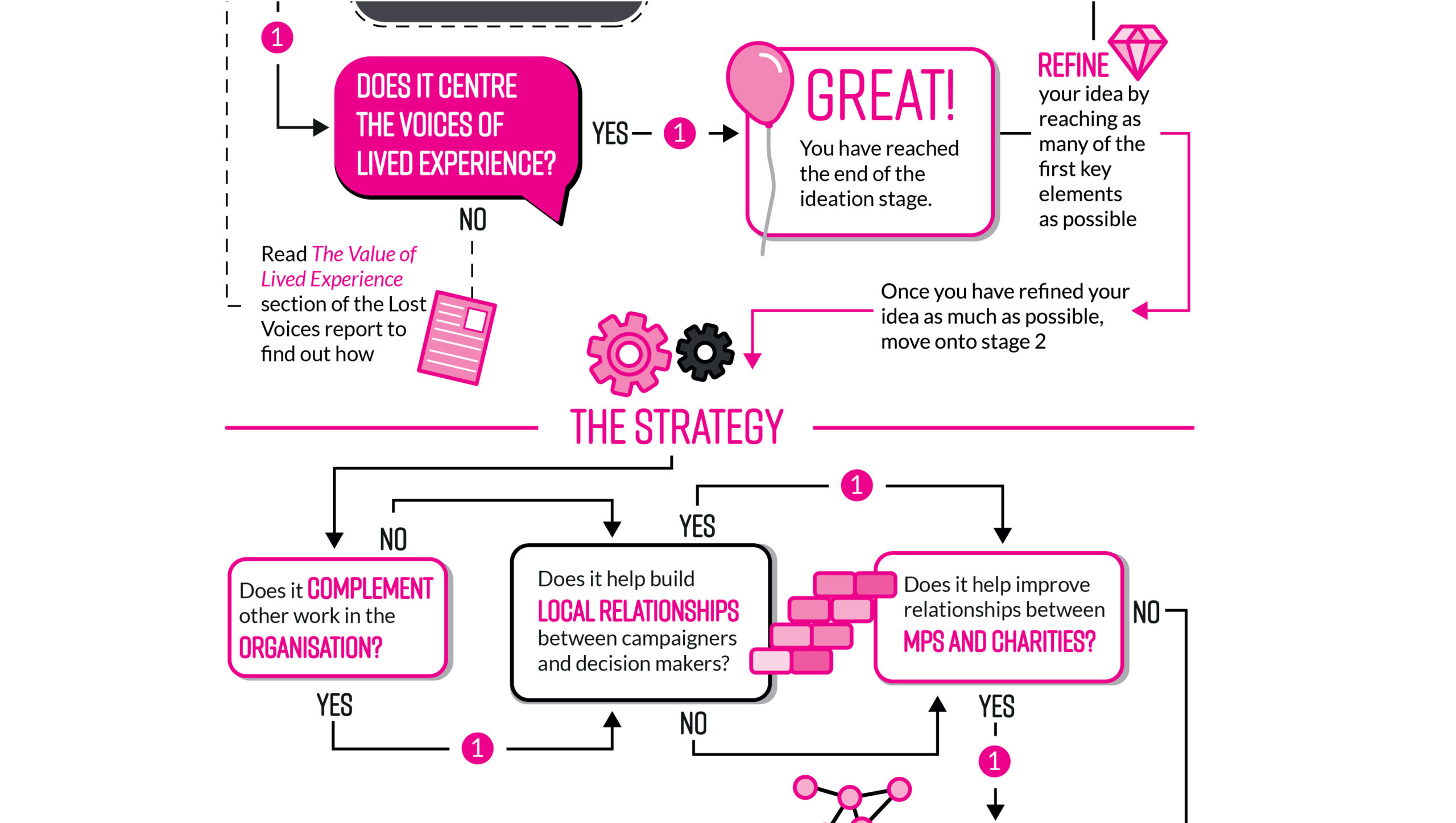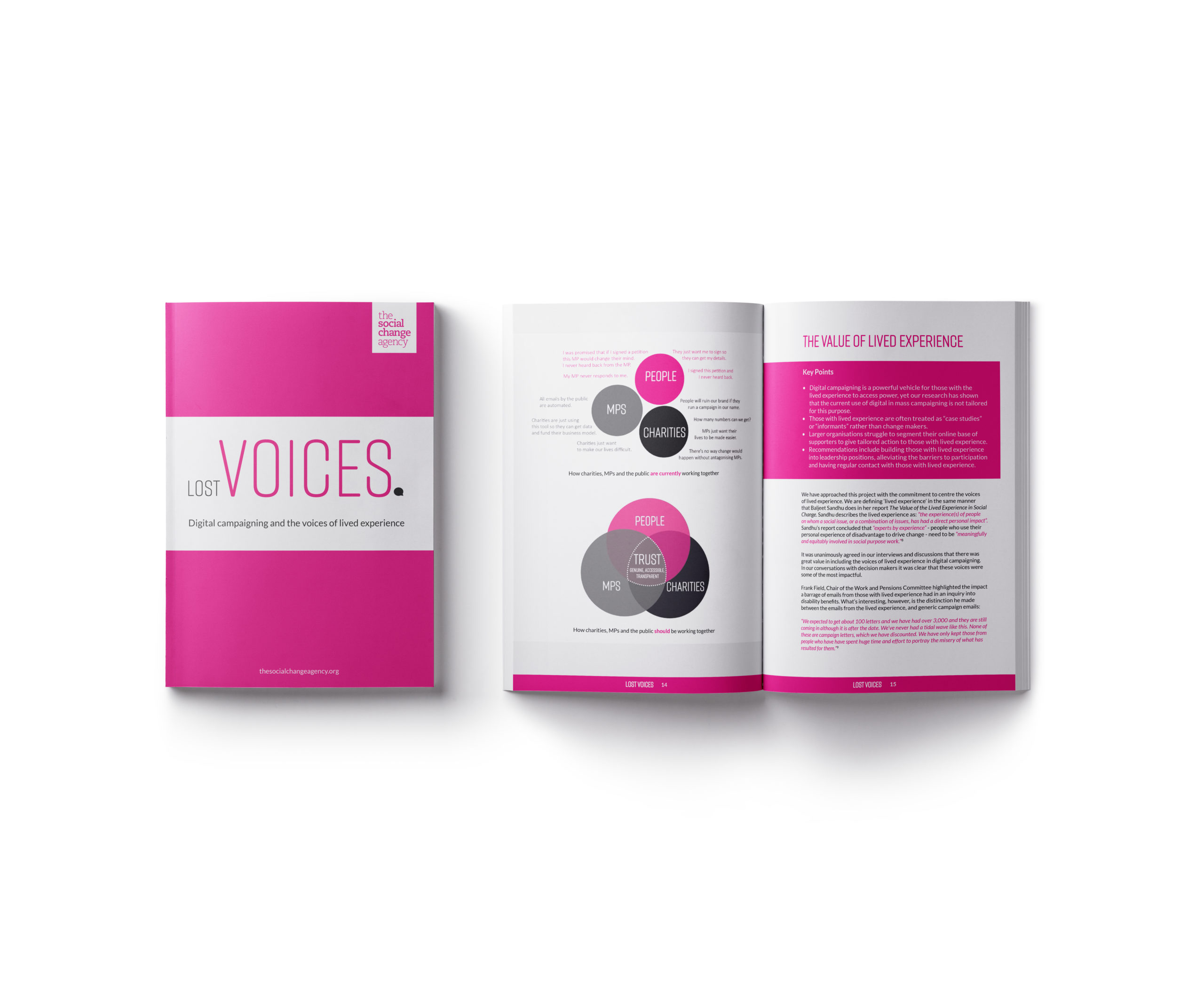Five digital campaigning mistakes to avoid

From e-petitions, to viral social media, to mass emailing, digital campaigns can be a great way to raise awareness and support for your cause. It’s easy, cheap and within minutes you can reach thousands or even millions of people.
Unlike older forms of campaigning (such as protesting), digital campaigns can also be more inclusive. With a low barrier to entry, people can join the campaign who might otherwise have been unable to.
However, digital campaigning is of course not without it’s drawbacks.
Below we draw on our research to highlight five common mistakes to avoid in your digital campaign.
1. Showering decision makers with unpersonalised emails
Sending mass, unpersonalised emails to decision makers is rarely successful, and can have dangerous repercussions. Decision makers often don’t believe that those who have sent the email really care about the issue at hand.
The other risk is that any personalised emails sent from people with lived experience who are most affected by the issue, can become lost in the pile of non-personal emails.
Is it time to put down email? The feedback from our research clearly indicated that mass emailing was an outdated and damaging tactic. But it is still being used: one organisation interviewed commented that “the current ways that we do digital campaigning is a bit regimented.” Another campaigner said that while “I don’t believe much in email anymore”, “we’ve fallen a little bit into doing things for the sake of doing things”.
2. Asking the wrong people
In our discussions with decision makers and charities, it was clear that the least valued types of e-campaigns were those that did not give consider whether the person being contacted had the power to influence change.
Often, emails were sent out to people who had no role in making a decision over a policy, or they were sent too late after the decision had already been made. A good digital campaign will ensure that the target is correct, and that the ask is reasonably within their power to do.
3. Misleading supporters
Digital campaigning works most effectively when charities are open with supporters about their role in creating change. Often, e-campaigning actions are accompanied by a frenzied tale that a supporter’s action will ‘tip the balance’ to change a decision maker’s mind. This misleads supporters and particularly discourages first-time campaigners from taking repeat actions. In order to rebuild the trust between charities and supporters, e-campaign actions should not try to offer false promises to supporters.

4. Paying lip service to the voices of lived experience
In our interviews with those with lived experience, there was a feeling that larger charities do no more than pay lip service to the voice of those with lived experience. It was strongly believed that the lived experience played little or no role in digital campaigns.
“The communication departments only want case studies. How many people in the digital campaigns or communications team have even met someone with lived experience? And I don’t mean walking past and talking to a homeless person in the street. I mean, spent real time with them? Maybe people within these teams should spent some time in the service delivery teams.”
“If you’ve never spoken to someone with lived experience, how can you communicate that connection?”
Our interviews with larger organisations made it clear that there are genuine obstacles in centring campaigns around the voices of those with lived experience. For example, issues of safeguarding around young people mean it may be difficult to give those with lived experience the leadership position that is desired.
Some charity staff felt it a breach of trust to keep a database with information about individuals’ lived experience. However, these issues do not fully account for the clear lack of trust between those with lived experience and the charities that purport to represent them.
5. Campaigning in silos
A successful campaign requires a holistic approach, with the input of the research and policy team, the campaigning team, the digital campaigning team and the fundraising team.
However, in many charities – especially the larger ones – these teams exist in silos. In many cases, each department isn’t fully aware of the campaigns or tactics used by another department. And, crucially, the list of supporters, members and those with lived experience isn’t shared between these teams.
Interrogate your digital campaign practices with the Lost Voices Toolkit
Free resources
There are no related resources right now. Please check back later.
![Download Lost Voices Digital Campaiger's Toolkit [Free Resource]](https://no-cache.hubspot.com/cta/default/9184296/bd086547-8bae-4dce-90b5-e28ea9abf479.png)


